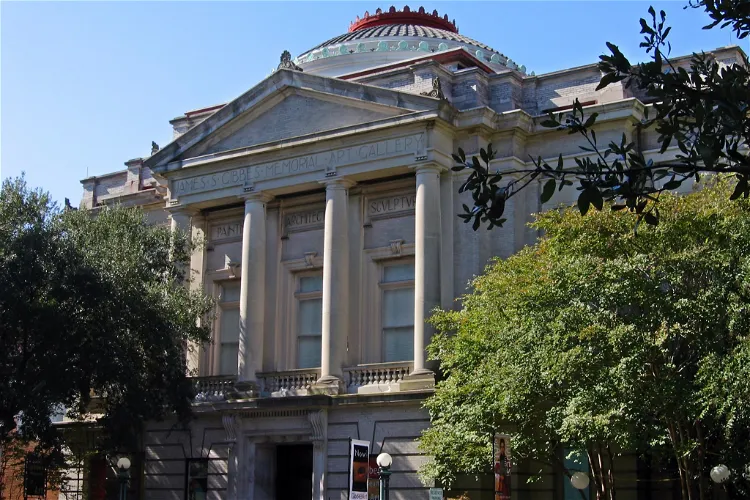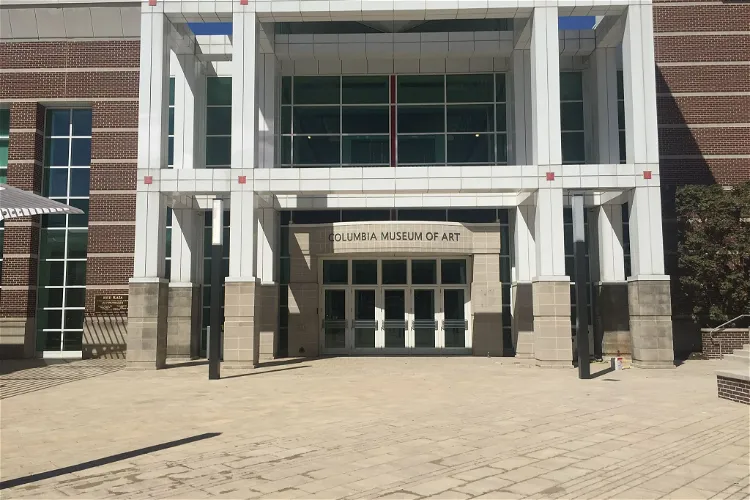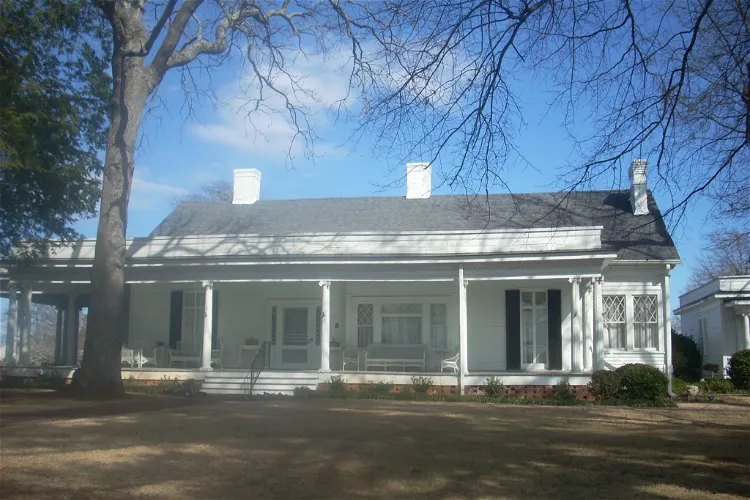Do you have a fascination with ancient history and art? These are the top ancient art museums in South Carolina:

Gibbes Museum of Art
Charleston, SCThe Gibbes Museum of Art, which was previously known as the Gibbes Art Gallery, is an art museum located in Charleston, South Carolina. It is a significant cultural institution in the city, offering visitors a chance to explore a wide range of artworks.
Columbia Museum of Art
Columbia, SCThe Columbia Museum of Art, situated in Columbia, South Carolina, is a fine arts museum. It is a place where visitors can explore a diverse collection of art pieces from different periods and styles. The museum offers a unique opportunity to immerse oneself in the world of fine arts, providing a rich cultural experience.
Bob Jones University Museum & Gallery
Greenville, SCThe Museum & Gallery, Inc. specializes in sacred art, with a primary focus on European Old Master paintings. However, the museum also houses smaller collections of sculpture, furniture, architectural elements, textiles, Greek and Russian icons, and ancient artifacts. This diverse collection offers a comprehensive view of various art forms and historical periods.
Hagood-Mauldin House - Irma Morris Museum Of Fine Art
Pickens, SCThe Hagood-Mauldin House, located in Pickens, South Carolina, is a property of significant historical value. It is listed on the National Register of Historic Places, which is a testament to its importance and the role it has played in the history of the region. The house offers a unique glimpse into the past, with its original construction dating back to around 1856.